About The Budapest bridges on the Danube
The Danube River flows through Budapest, dividing the city into Buda and Pest, and its iconic bridges connect these two halves. Each bridge tells a story, from the elegant arches of the Chain Bridge to the modern lines of the Megyeri Bridge. The Chain Bridge, with its stone towers and iron chains, stands as a symbol of unity and progress, while the Liberty Bridge, adorned with green ironwork and turul bird sculptures, reflects Hungary’s national pride. The Margaret Bridge curves gracefully, linking the city to Margaret Island, a peaceful retreat in the heart of the river.
History in Steel and Stone
The bridges of Budapest are more than functional crossings; they are monuments to resilience and innovation. The Chain Bridge, completed in 1849, was the first permanent bridge to span the Danube in Hungary, marking a turning point in the city’s development. During World War II, all the bridges were destroyed, but they were rebuilt in the post-war years, symbolizing Budapest’s recovery and determination. Today, these bridges stand as testaments to the city’s ability to endure and thrive.
Plan your perfect trip to Budapest with Travo! Download now and start exploring.
Chain Bridge: A Symbol of Unity
The Chain Bridge, designed by English engineer William Tierney Clark and built by Scottish engineer Adam Clark, connects Buda Castle with Pest’s bustling city center. Its massive stone lions guard the entrances, and its iron chains stretch across the river, creating a striking visual. The bridge represents the unification of Buda and Pest into a single city in 1873, a moment that shaped Budapest’s identity. Walking across the bridge, visitors can feel the weight of history and the energy of the city.
Liberty Bridge: National Pride
The Liberty Bridge, completed in 1896 for Hungary’s Millennium celebrations, is a masterpiece of Art Nouveau design. Its green iron structure features intricate patterns and turul bird sculptures, symbols of Hungarian mythology. The bridge connects Gellért Hill with the Great Market Hall, linking two vibrant areas of the city. Its name reflects Hungary’s enduring spirit of independence and freedom, making it a favorite spot for locals and visitors alike.
Margaret Bridge: A Gateway to Nature
The Margaret Bridge, built between 1872 and 1876, is unique for its angled design, which provides direct access to Margaret Island. The bridge’s elegant curves and yellow arches make it a visual delight, while its connection to the island offers a peaceful escape from the city’s hustle. Margaret Island itself is a haven of parks, gardens, and historical ruins, making the bridge a gateway to relaxation and natural beauty.
Details That Speak
Each bridge has its own character and details that tell stories. The Chain Bridge’s lions, crafted by sculptor János Marschalkó, are said to have no tongues—a myth that adds intrigue to their stoic presence. The Liberty Bridge’s turul birds, perched atop its pillars, symbolize protection and strength. The Margaret Bridge’s unique angle and decorative lamps create a sense of elegance and charm. These features invite visitors to look closer and uncover the layers of history and artistry embedded in each structure.
Present-Day Significance
Today, Budapest’s bridges are more than crossings; they are gathering places, photo opportunities, and symbols of the city’s vibrant life. Locals stroll across them, tourists marvel at their beauty, and festivals often light them up in dazzling displays. Whether viewed from the riverbanks, a boat on the Danube, or while walking across, these bridges connect not just the two sides of the city but also its past, present, and future.
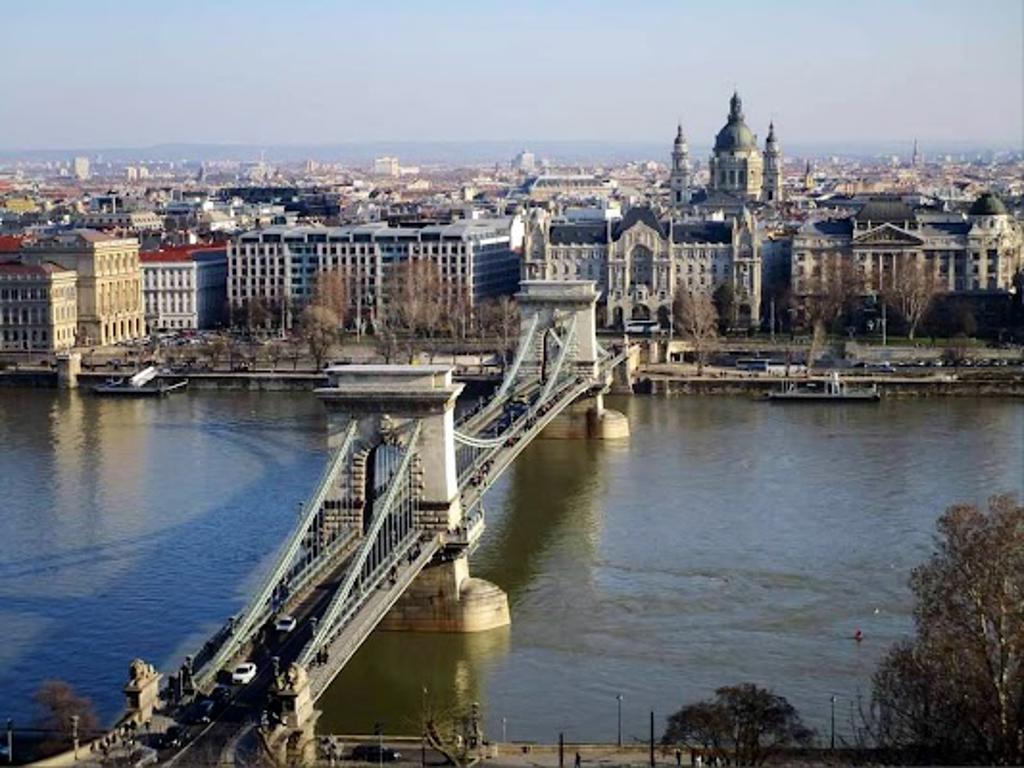

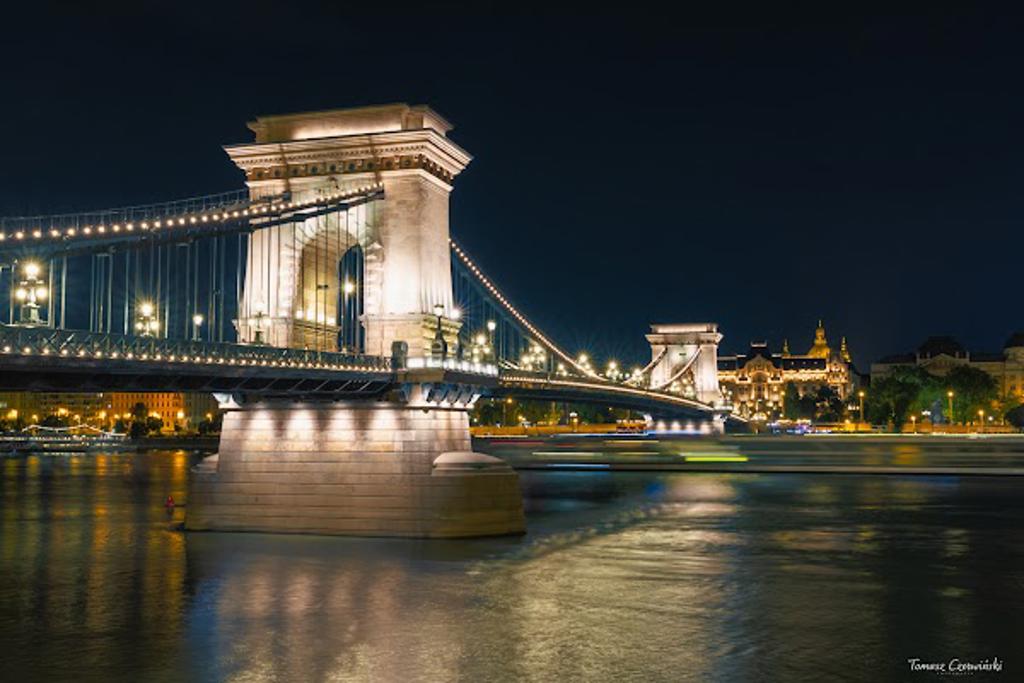
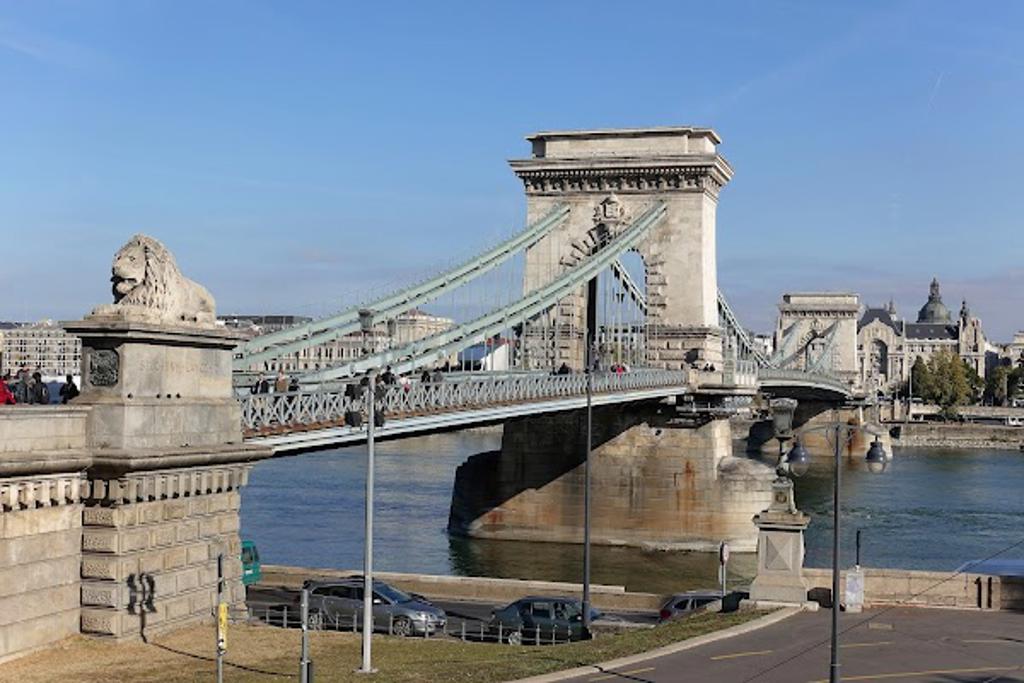
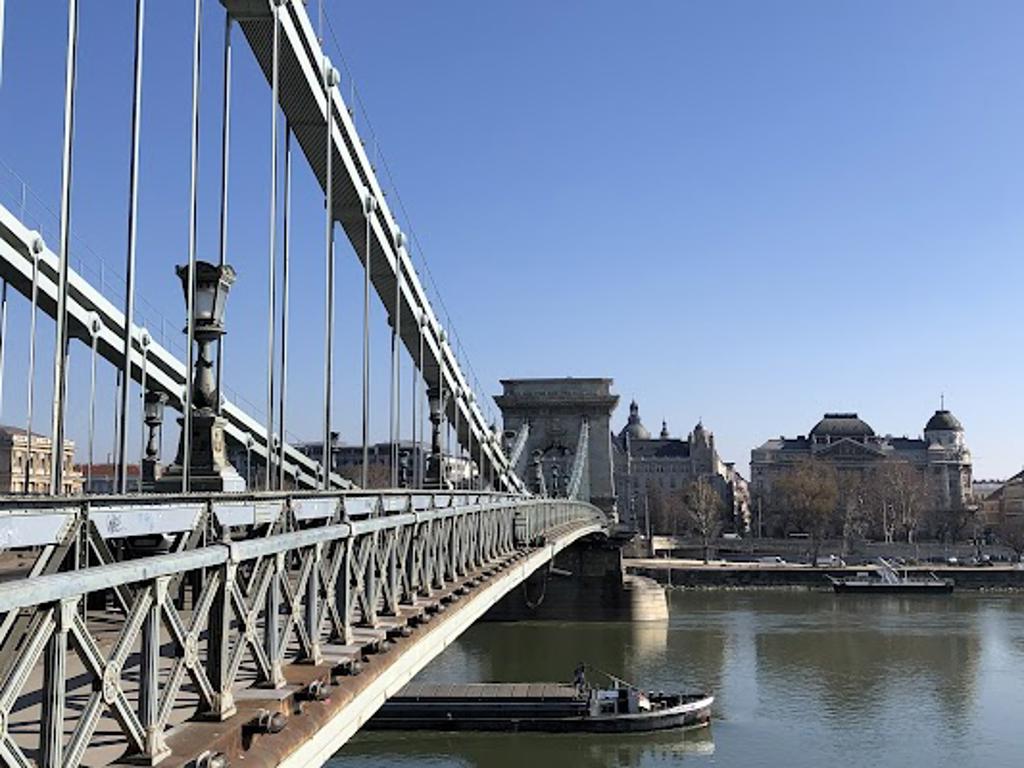
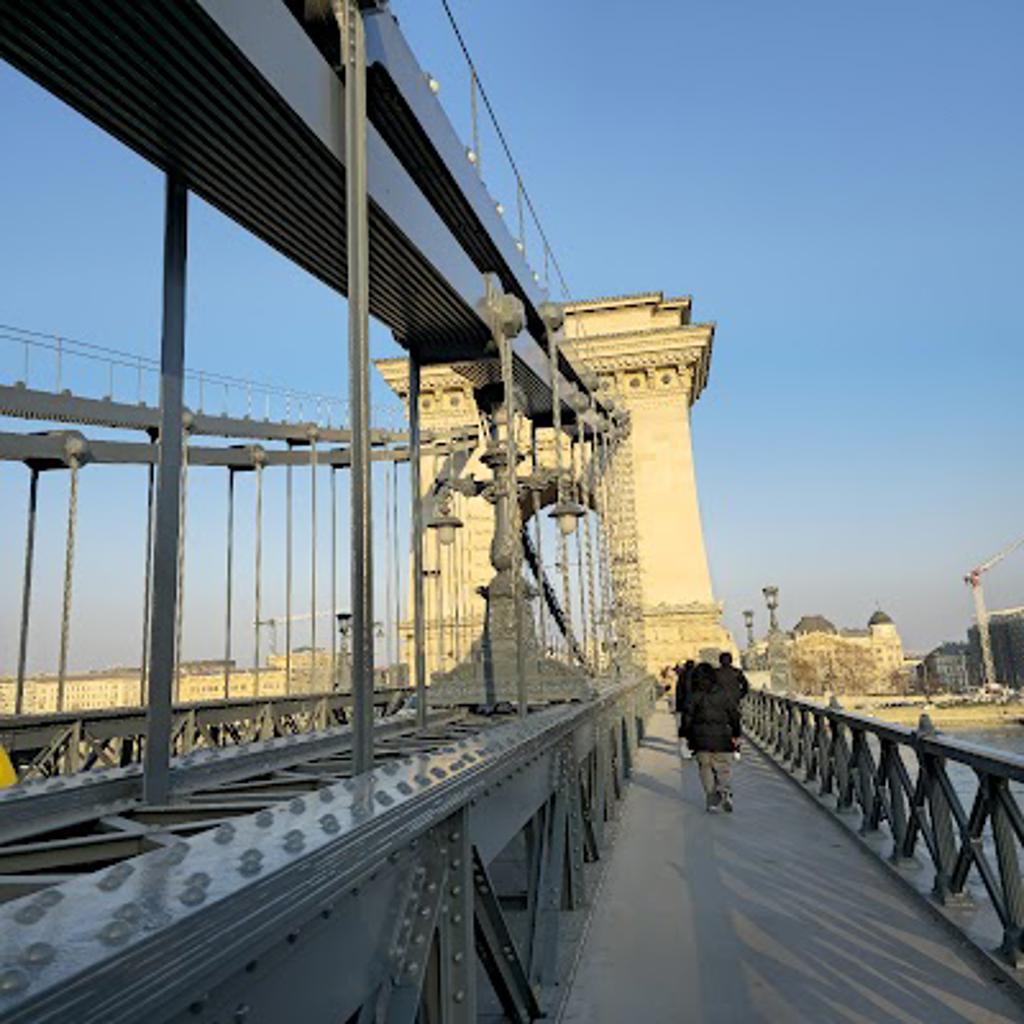
Location
Salkaházi Sára rakpart, 1056, Budapest
